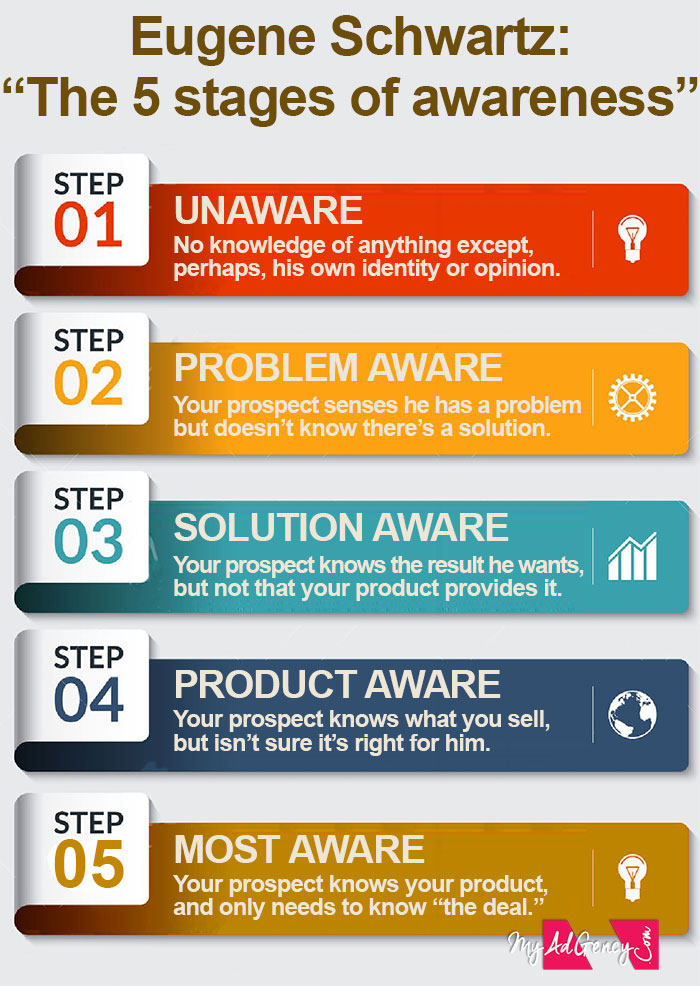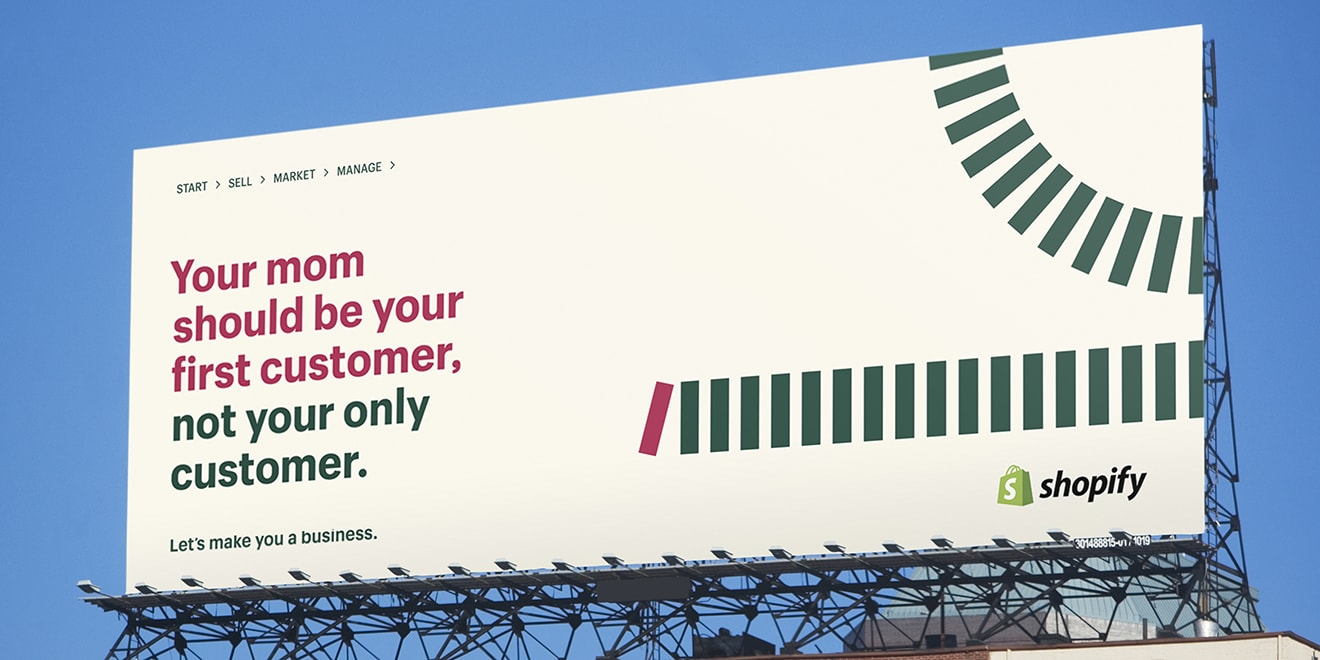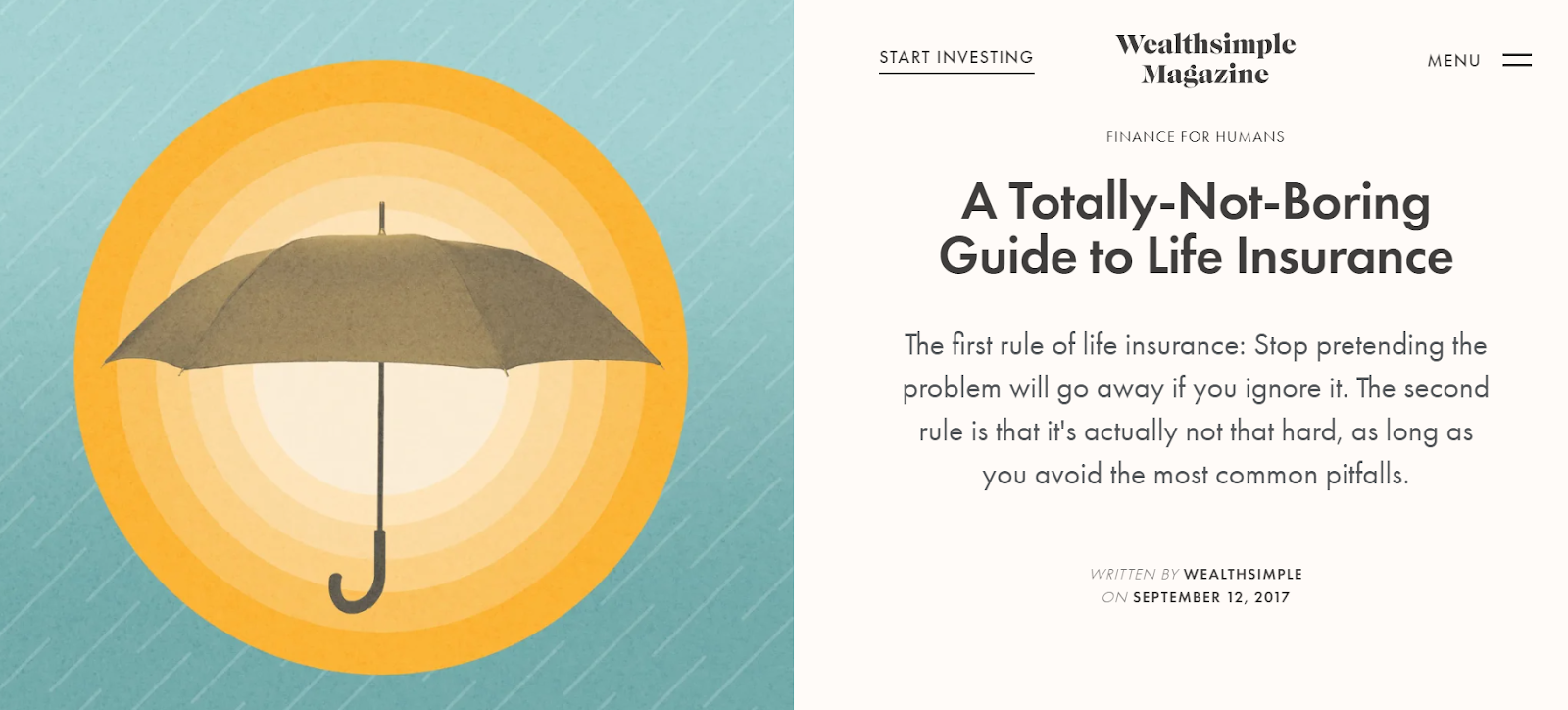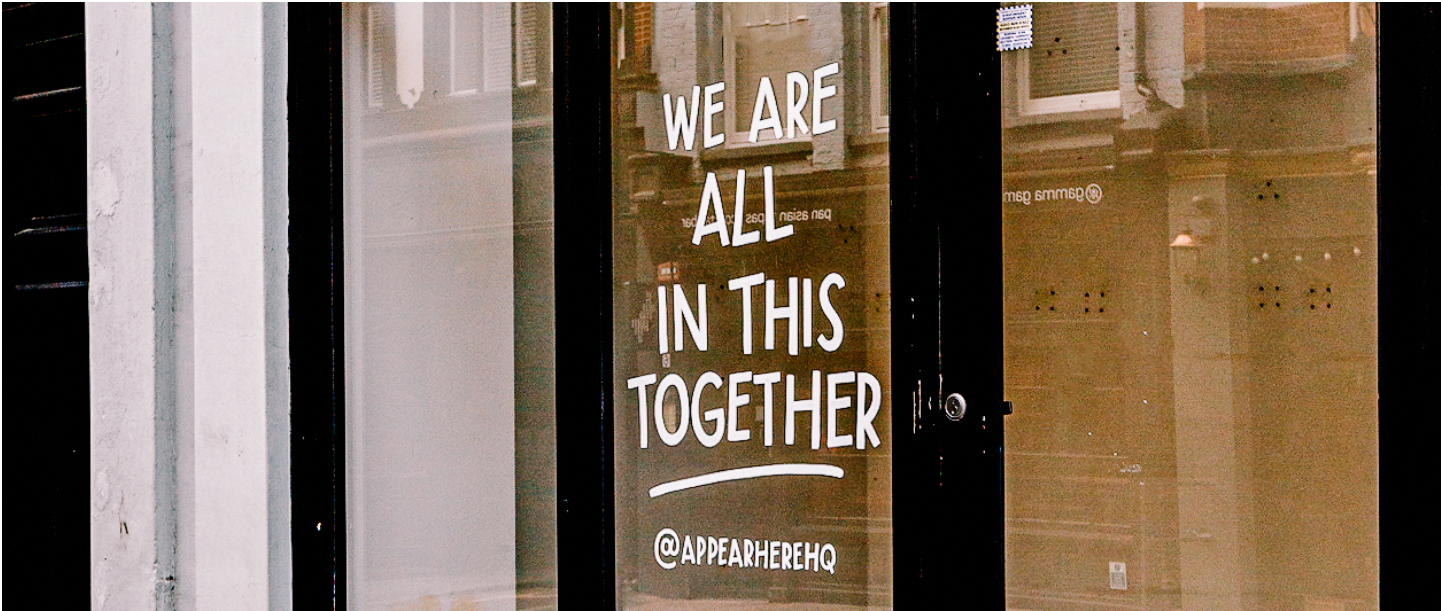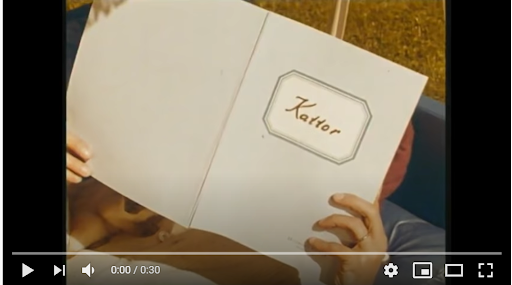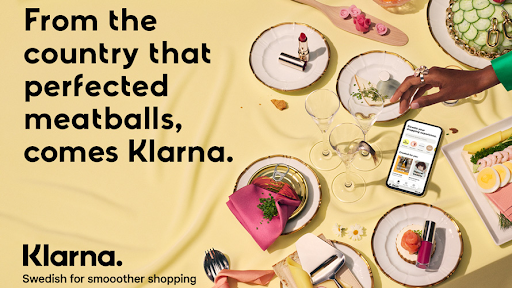Slack.
Glip.
Twist.
Blink.
Flock.
Troop.
Rocket.
Fleep.
Florg.
Grump.
(Okay, okay, the last two are made up. But you get the picture, right?)
For those of you who’ve had the pleasure of using one of these one-syllable workplace messaging systems, you might have recognised where I was going with this list. But if not – allow me to elaborate.
What do these ten words have in common?
Yes, they’re all messaging platforms.
And they all sound more or less the same.
So showing customers what they have to offer is vital, before a fellow competitor jumps in and does what they do, but faster. Or cheaper.
What I mean to say is, being in the B2B space can mean stiff competition, fierce innovation and the need for constant evolution.
Yes, it’s exciting stuff.
But the magic key? Differentiation.
In your marketing of course.
Read on, I’ll walk you through it.
First off, here are:
4 things B2B brands do to lose customers.
1. To persona or not to persona?
Many brands focus too little on customer insight and real-life user data when creating their buyer/user personas.
(Top tip: never base them on assumption – customer insight is king!)
You know the kind of vague, intangible buyer person I’m talking about:
Karen, 26, Marketing Manager, lives up north, drives a Ford Focus.
Is it based on actual insights from customers? Is it useful? Or is it based on assumptive, irrelevant guesswork?
The trick is to get back to good old-fashioned customer research…and actually talk to them.
Think about:
- Conducting both qualitative/quantitative customer research. Use surveys, questionnaires, interviews. What problems do your end-users face day-to-day? And how can you solve them?
- What are their pain points? What has triggered them to look for a solution and what problems have they had with their previous providers?
Knowing how to conduct buyer interviews is going to be gold dust. Here are some top tips (from Circle Studio) to get you started.
2. You need to get savvy with your data.
Are you relying on old generic outreach methods rather than tailoring your marketing ads to the different stages of awareness in your customer journey.
According to Prayag Narula, Co-founder of LeadGenius: “Believe it or not, an online shoe retailer uses far more advanced data-based marketing tools to sell a $50 pair of shoes than a major SaaS provider selling software that costs thousands of dollars per month.”
Think about:
- The marketing fundamentals. Are you targeting the right market segment? Are you considering your consumers’ behaviours, aspirations, lifestyle? And how these might affect the way they use your product?
- Do your interactions add value to your customer, and meet them where they are?
- Are you reaching them via the platforms they actually use? Trick: create multiple ads for different stages of the customer journey. Or A/B test different outreach methods for the same customer?
3. Bragging about the size of your (features list), not what you can do with it.
Just. Stop. That. Already.
The truth is people don’t buy features, they buy the benefits those features provide. I.e. People don’t buy a mattress, they buy the good night’s sleep they so desperately crave.
So always lead with the benefits of how your features solve their problems and provide the ultimate solution.
How about:
- Being client-centric not product-centric. (The B2C superpower.)
- Responding to your customer’s emotions. Give them peace of mind, show them how you care and how your product WILL solve their problems.
- Research by Deloitte suggests ‘Client-centricity is the most important factor in successful business digitalization since client-centric companies are 60% more profitable compared to companies not focussed on the customer.’ Remember that.
4. Trying to date everyone. How about a long-term relationship?
Does this sound like you? Spending all your efforts on customer acquisition and having commitment issues with existing customers.
Think about:
- Customer Lifetime Value (CLV): Maybe you sell Saas subscriptions? Well, here’s the catch – your customer acquisition cost (CAC) might be higher than the cost of retaining existing customers (CLV). So why not give your loyal customers some love? Keep them interested.
- Truth is, your audience is fickle. And you’ve got loads of competitors. But what makes you special?
Don’t risk your customer leaving you for another Saas relationship. Give them more than a first date. Wine and dine them.
B2Cs are generally great at this: remember those expensive trainers you bought because Nike cleverly sold you a dream of running that marathon and looking fly whilst you did it (again)?
(Keep your eyes peeled for another B2B who’s smashed this further down).
So, now to the fun part…
Ready to learn from the creme de la creme?
6 B2B ads that could rival John Lewis (almost) for memorability factor.
According to Medium, “Ad recall is where brand awareness lives or dies.”
1. Mailchimp
A one-stop site for marketing automation, focussing on email marketing and targeted ad campaigns.
What makes this memorable:
- Colour consistency. While yellow still has a slim market share in terms of branding colours and can have polarising effects in colour psychology, bright yellow still remains associated with energy, a fast-pace and fun. By using this colour as a backdrop to their ads, Mailchimp makes their branding recognisable and emphasises their high-energy brand personality.
- Video content marketing & animation. In 2019, people watched 84 minutes of online video content a day, and that’s estimated to reach 100 mins by 2021. No wonder “87% of marketers say video has increased traffic to their website.”
2. Shopify
The eCommerce platform that everyone seems to use, giving business owners a place to host their online store, sell products and run campaigns.

What makes this memorable:
- The Power of ‘You’. Sounds simple, but many B2B brands forget to talk to their audience in their language, on a human level. Shopify injects humour and compassion which holds their audience’s attention and addresses their entrepreneurial cliche fears.
- Their tagline. ‘Let’s make you a business’. Shopify embodies the ‘we’ aspect of B2B marketing. After all, your product/service is meant to make life easier and lend a hand.
Focussing on a sense of support, community and convenience is key here!
3. Wealthsimple
According to their CEO Michael Katchen, they are “building the world’s most human financial company.”
What makes this memorable:
- They ‘Leverage the art of storytelling.’ The Wealthsimple Magazine features a series called Finance for Humans. With article titles taking the form of agony aunt correspondence (“Ask Lizzie” and “Dear Ms Etiquette”).
Financial burden is known to end marriages, change friend dynamics and seriously affect mental health. So why should Fintech be dry and detached when money is often a very emotional matter? Wealthsimple puts clients at the core.
- The humorous headline. The hyphenated, tongue in cheek title feels unusual for the finance industry, it’s very conversational, appealing to the human side of a serious topic.
Some of their other headline examples are: “Can I stop being friends with rich(er) people?’ and ‘Why are stock market numbers so wacko right now?’ Remember, “The Headline is 80%” , so leave them with a memorable punch line.
4. Square
A retail technology supplier, making life easier with contactless point of sale terminals, virtual terminals and eCommerce services.
What makes this memorable:
- Trend awareness. We’ve all seen those unboxing videos for the latest shiny Apple product.
And now we all want an in-depth review, ratings, features testing, to get a feel of a product before we buy. Unboxings are more common with lifestyle tech because they generate anticipation, influence decision-making and above all boost a customer’s trust in your product.
Here, Square takes a leaf out of the B2C book.
- Product Demos. For the less tech-savvy, new equipment can be daunting and difficult to use.
Square removes the barrier to entry and uses product demonstration to simplify their tech for users who need more information before purchase.
5. Appear Here
Disruptors to the rental/retail industry, providing an innovative platform that connects disused commercial space with business owners.
What makes this memorable:
- Empathy. CEO, Ross Bailey’s open letter goes for the heartstrings and does so genuinely and sensitively.
During tough times like a global pandemic or a recession, failing to engage appropriately or support your audience can be a lethal blow and affect your credibility. Fast. So reach out and connect.
- It’s reactive. In the best way. Appear Here launched new features to assist their customers, seeing as their usual service was compromised.
They shared links to government aid resources and launched the Appear Here Genius Bar, a hotline so customers could phone in and speak to team members for advice on Marketing, HR, Retail Strategy and Tech support.
- An extended offer. By extending the chance for customers to win a free store, they add value to their offering and incentivise their audience to stay engaged with them.
And finally, one of our favourites…
(drum roll please)
6. Klarna
A fintech company that partners with retailers to provide a ‘buy now, pay later’ plan for their customers.
What makes this memorable:
- Everything. Literally.
- Social listening. Klarna’s 50,000 users a week are largely part of the Millennial age, and boy do they know it!
These ads hone in on the colour psychology behind the Millennial Pink trend that led to all the top B2C brands suddenly using pink in their branding.
While Klarna is not strictly a B2C, in fact, it straddles both B2C and B2B, they’ve listened to the social trends and studied customer data like it’s nothing! They’ve made B2B feel irresistible and eccentric.
- The kitsch. This might not work for all of fintech, but playing into the social cliches of “Scandinavian kitsch with absurdist humour”, made popular by the likes of Ikea, Klarna cleverly hooks you in by being the opposite of boring.
Final Thoughts
While kitschy billboards featuring caviar might not be right for your brand – there’s a lot you can learn from them.
B2B advertising is no longer a dry, number crunching, jargon-filled subject matter.
Oh no.
Honestly, it really doesn’t have to be.
Even though Glip, Flock and Slack all sound the same. They’re not.
Because they market themselves differently and discover what truly resonates with their specific audience – they stand a chance of standing out.
Why not add some zing to your marketing and make your B2B really POP!
Good Luck,
Luena x
